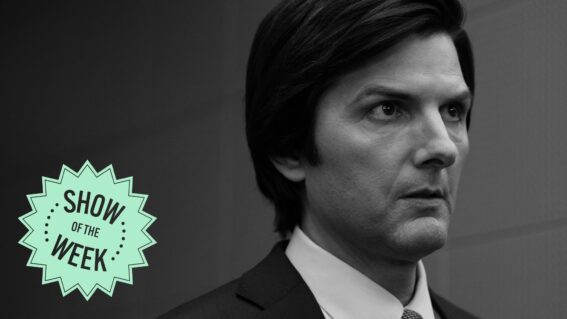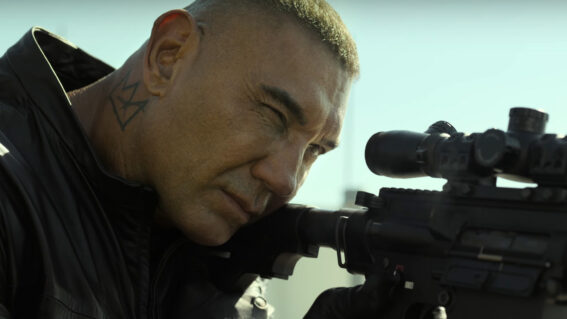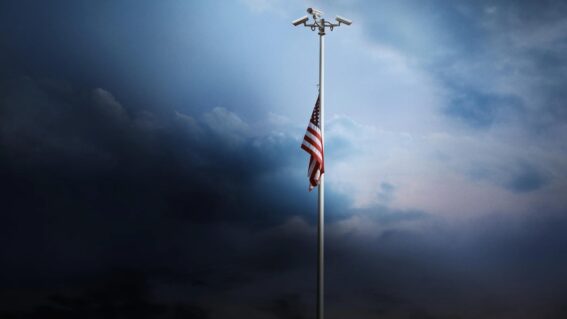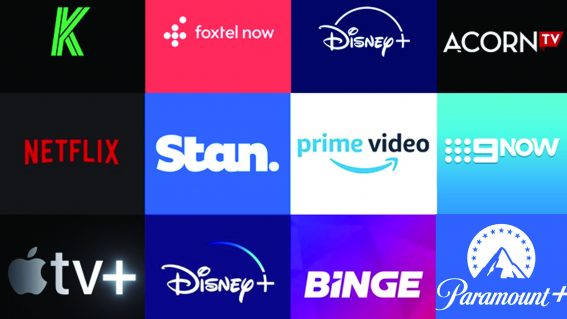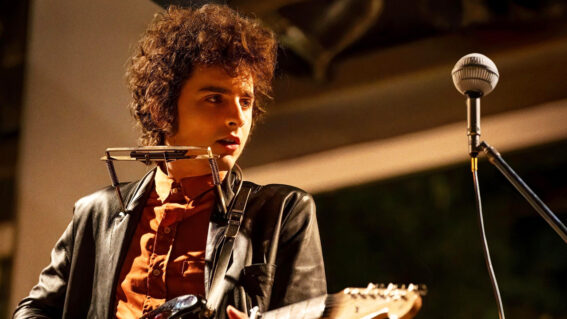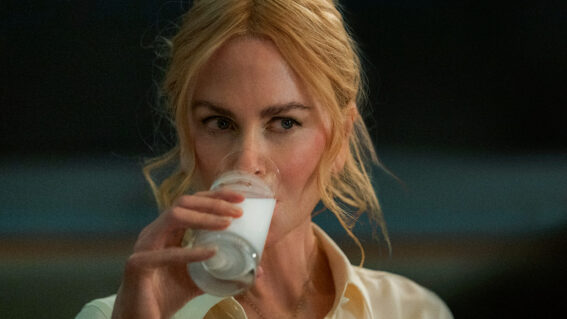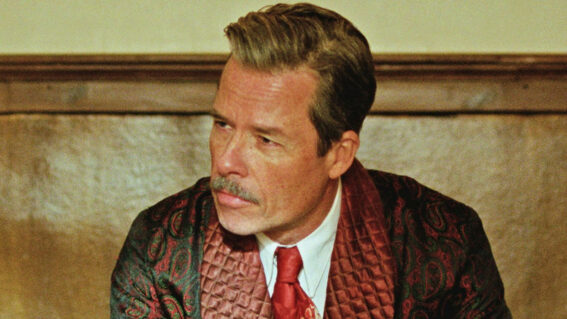How Did They Film ‘The Jungle Book’ Entirely in a Studio? We Asked Director Jon Favreau…
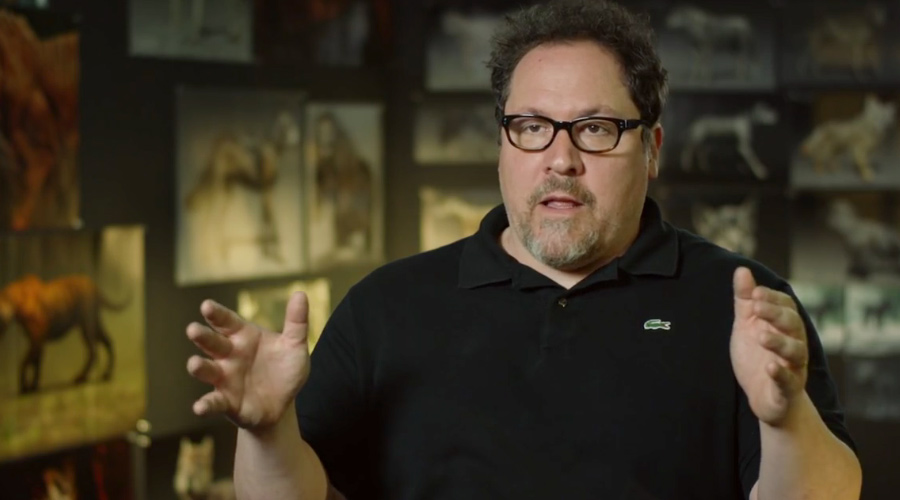
“Once again, Iron Man director Jon Favreau has magically pulled out another incredibly fun blockbuster from behind Disney’s circular ear.” That’s how I opened my 4-star review of The Jungle Book and I find it appropriate (if a bit narcissistic and lazy) to use as an opener for this interview I had with the man himself – Jon Favreau.
The whole film is a kind of magic trick, for when it’s revealed that this version of The Jungle Book contains no actual jungles, the look on many faces is akin to seeing a child witness a bunny coming out of a magician’s hat for the very first time. And just like that curious kid, I had to know how they pulled this trick off.
But unlike that jerk of a magician who doesn’t reveal their secrets, Jon Favreau was more than happy to let us in on the trick. He also shared his inspirations behind his version of Rudyard Kipling’s tale and the references to the original Disney animated feature.
FLICKS: There are a couple of songs from the animated film in here, but were there ever meant to be more?
JON FAVREAU: No, it was always a very delicate balance. If you put too many songs in, it becomes a musical. And if it’s a musical, you lose a certain amount of reality. So much work was being put into the reality of it through the visual effects that we didn’t want to sacrifice for the purposes of including more music.
There were certain songs I made sure to prioritize. The Bare Necessities was a big one and worked its way in very organically and opened up the door for some music in the film. Then, having Christopher Walken [as King Louie] and NOT have him sing I Wanna Be Like You, that seemed like it would have been a wasted opportunity.
That makes more sense than having realistic vultures doing barbershop.
Yes, though I was tempted to reach out to Paul and Ringo because they were approached the first time around.
Oh, really?
Yeah, they ended up in the original film but I thought that idea came late and I don’t know that I would have gotten them. That might have been fun.
Going with realistic animals, it limits their abilities to emote facially compared to the animated film, however you managed to inject so much character into them despite that. What was your game plan from the start?
Game plan was: don’t ask the animals to do things that they can’t do in real life.
There are certain animals where you have a lot of latitude. A character like Baloo, bears have expressive eyes and their mouths have a lot of articulation and so we could get a lot of Bill Murray in there.

Footage via Disney
Each animal had its own language of emotional indicators. Dogs are very expressive with their eyes, so with the wolves, it allowed us to have a lot of expression in the eyes but canines don’t use their mouths in the same way humans do and so there’s not a lot of expression in their mouths.

Footage via Disney
Once you get down to Kaa the snake, it’s very difficult to put a human expression on a snake’s face and make that convincing. So the expression has to come through the body language.

Footage via Disney
We just learned the rules for each animal.
They had Benedict Cumberbatch in a mocap suit pretending to be a dragon when they filmed ‘The Hobbit’. Is there footage of Idris Elba pretending to be a tiger or Scarlett Johansson pretending to be a snake?
The only person who ended up crawling around on all fours was me. Oftentimes when I was dealing with the animators I would explain what I wanted and sometimes I would even put on motion capture suits.
A lot of it was for King Louie. I was acting out a lot of it using motion capture to augment the data that they were getting from the captured information from Christopher Walken who was doing most of his stuff standing upright. I ended up doing a lot of the body physicality and they were able to marry those things together.
I hope you got a casting credit for that because Andy Serkis would have.
I’m what we call a utility player in America. That’s the guy who plays every position in baseball. I threw in a few voices, I played some characters, was a scene partner for the actors when the other actor wasn’t there.
[He also got to scare the ever-loving crap out of Neel. – Ed.]

Footage via Disney
It was good to have the acting background to jump in and get as involved as I could to help bring some life to all of the other actors’ performances.
The entire jungle is a technological feat because there isn’t an actual jungle in this film.
No, we filmed it all in downtown Los Angeles so if you’re seeing jungle it’s something that was created by either MPC or by Weta.
That’s astonishing. Was there quite a long adjustment period for you to be working on an epic location-based film where you hardly ever shot on an epic location?
I worked with a lot of the people who worked on Avatar and I really stood on the shoulders of what was accomplished by Jim Cameron. He developed the camera technology that we used, the native 3D rig, the pay system to actually capture all of the images in a way that was accurate.
And then there’s Simulcam where you design the environments ahead of time. So when you’re filming, you can look at the monitor and you’ll see the backgrounds that move with the camera.

Footage via Disney
Sometimes you have animated characters that are in there. It helps the cameraman frame and it gives you a sense of what’s going to be there. I’ve never had all of that available to me before.
When Jim Cameron visited the set, he knew half the people that were on there because I had hired so many people who had trained under him.
I have a question that I hope no one’s asked you this before because seeing particular beats in the film I have to ask: is this also a sneaky remake of ‘The Lion King’?
There’s a lot of elements to The Lion King in here, though The Lion King borrowed a lot of its moments from the Kipling book and they did study the animation of The Jungle Book (1967).
Certainly, the tone of The Lion King was something that I drew inspiration from because I think that it was a really nice balance of moments that were scary, there’s a certain adventurous, action-oriented intensity that felt ambitious and very robust, but then you also had really silly scenes and humour that felt that it could exist in the same movie with it
Although we don’t directly pull story points, there are images that marry up. There’s a stampede, also, that I was reminded is a set piece of that as well, but that’s the way [it happened] in the Kipling story, from what I remember.

Footage via YouTube

Footage via Disney
You’re dealing with a lot of the same images and a lot of the same myths. They all overlap a bit, but I think there’s enough uniqueness between these two properties and I’d be curious to see if anybody would take Lion King and use this technology to do that. I think that would be extremely cool.
Could… you just do it?
[Favreau chuckles.]
It would end up looking too much like this, I think, if I did it.
These tools are available to other filmmakers. It was definitely a lot more efficient and easy for me to use the tools that Jim Cameron developed than it was for him, where he had to create it from whole cloth. Each movie that uses this stuff, it pushes the technology forward.
We’re in an age where I think a lot of attention is being paid – and rightfully so – to keeping celluloid alive and seeing the practical effects used to such great effect in Star Wars: The Force Awakens. I think it’s a beautiful format.
But there aren’t a lot of filmmakers right now pushing the technology forward in the other direction. Lucas is no longer doing these big spectacle movies. Jim Cameron takes a long time between projects and he’s somebody who’s always been a pioneer. I think that that’s a place where I can fit in and help push that side of the equation in the other direction because you always want innovation.

Footage via Disney
You always want to see how far you can push the envelope and what technology has to offer, but it requires filmmakers who push the people who create the technical support system for the filmmaking to stretch further.
Through new tools being developed, that inspires new ideas for new stories. That’s the give and take between the technical and the filmmaking end of the movie business that’s been going on since the beginning of the medium.
With the tools that you have just described, what one filmmaker, alive or dead, would you like to give these tools to, to make a film?
Oh, that’s interesting. Hitchcock was always very clever in how he used effects. I’d love to see somebody who used the low-tech version of all this stuff to create great emotional impact. I’d love to see what Hitchcock would have done with the support system that I enjoy right now.
Click here for where and when you can watch ‘The Jungle Book’ | Also in 3D

